Avoid These 15 Mistakes When Your Dog Feels Anxious

Dogs can be just as sensitive and emotional as their owners. A surprisingly loud noise, a change in routine, or even boredom can trigger anxiety in our furry pals.
Understanding what not to do when your dog is anxious is crucial in providing them with comfort and peace. Here are common mistakes to avoid, ensuring your dog feels secure and loved.
1. Ignoring The Signs
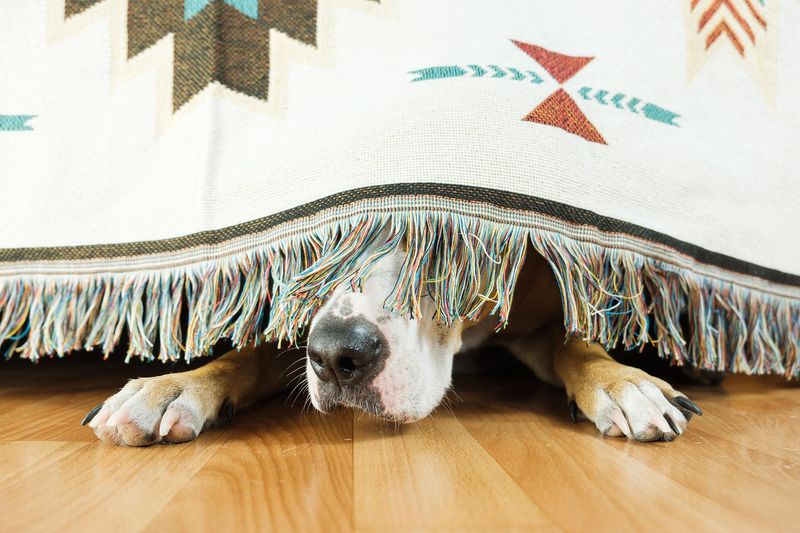
Ever noticed your dog pacing or whining for no reason? These are not just quirks. Ignoring these signs might mean you’re missing a cry for help.
Dogs communicate through their behavior, and anxiety symptoms are often subtle.
Instead of brushing it off, try to identify patterns or triggers. Your furry friend might be telling you something important, like discomfort or fear.
Pay attention, and you might just uncover what’s troubling them. Ignoring the signs can lead to worsening anxiety.
2. Punishing Anxious Behavior
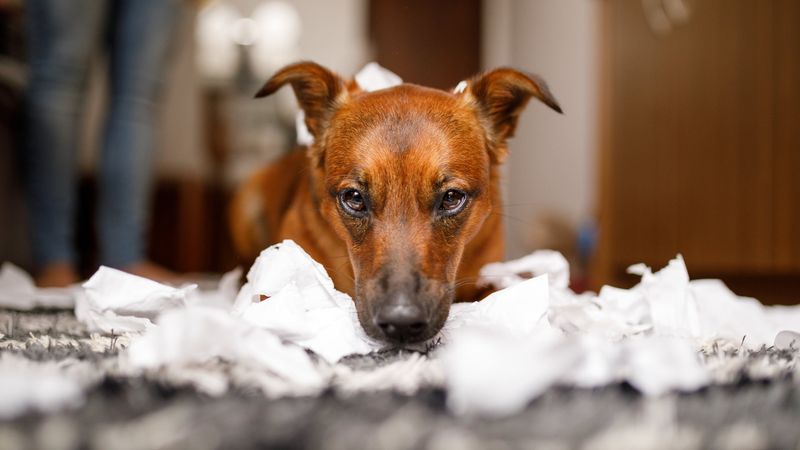
Punishing your dog for acting out when they’re anxious is like scolding a child for being afraid of the dark. Dogs don’t misbehave on purpose; they’re reacting to stress.
Punishment can exacerbate their anxiety, making them feel more threatened. Instead, try to calm them with gentle words and soothing pets.
Positive reinforcement, when they’re calm and relaxed, can help build their confidence. Remember, patience and kindness go a long way in helping your dog feel secure.
3. Overcrowding Them

Imagine being overwhelmed by a crowd when you’re already stressed. That’s how your dog feels when you overcrowd them during anxious moments.
They need space to breathe and calm down, just like humans do. Give them their own quiet corner or room where they can retreat and regroup.
A cozy bed and their favorite toy might be all they need to feel safe. Overcrowding can intensify their stress, so allow them the freedom to find peace.
4. Not Providing A Safe Space
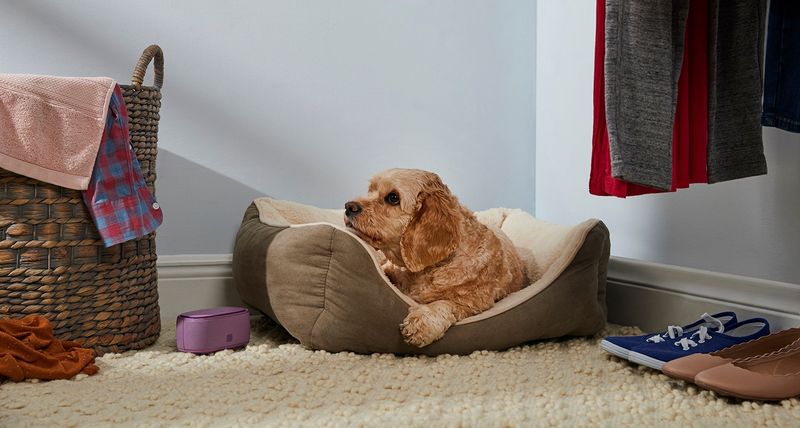
Without a safe haven, a dog can’t truly relax. Every dog should have a designated spot where they feel secure and protected. It could be a comfy bed in a quiet room or a cozy crate with soft blankets.
This space should be accessible at all times, offering them a sanctuary from noise and chaos. Knowing they have a place to retreat can significantly reduce their anxiety levels.
Remember, a secure space is key to a calm mind.
5. Ignoring Exercise Needs
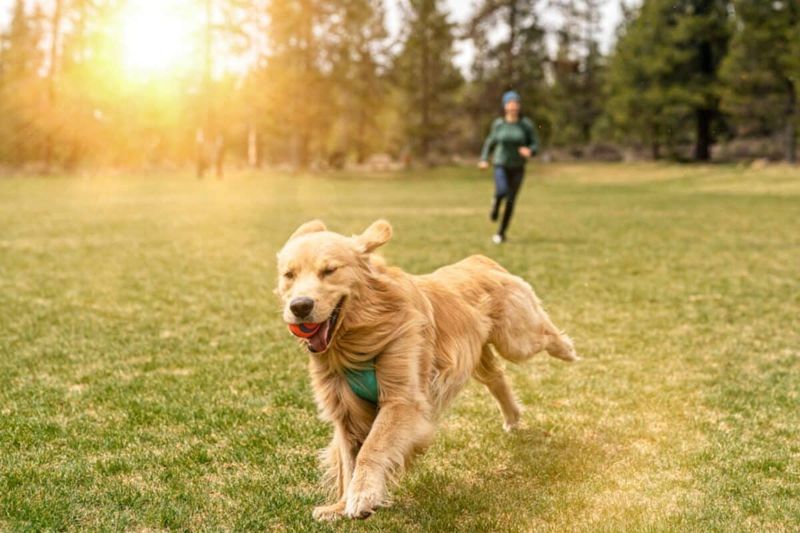
Exercise is a natural stress reliever for dogs, just as it is for humans. Ignoring your dog’s need for regular activity can lead to pent-up energy, heightening their anxiety.
Daily walks, playtime, or even a romp in the park can do wonders for their mood. Engaging both their body and mind helps in releasing feel-good hormones.
So, lace up those sneakers and take your pup out for some fun. It’s a win-win for both of you!
6. Lack Of Routine
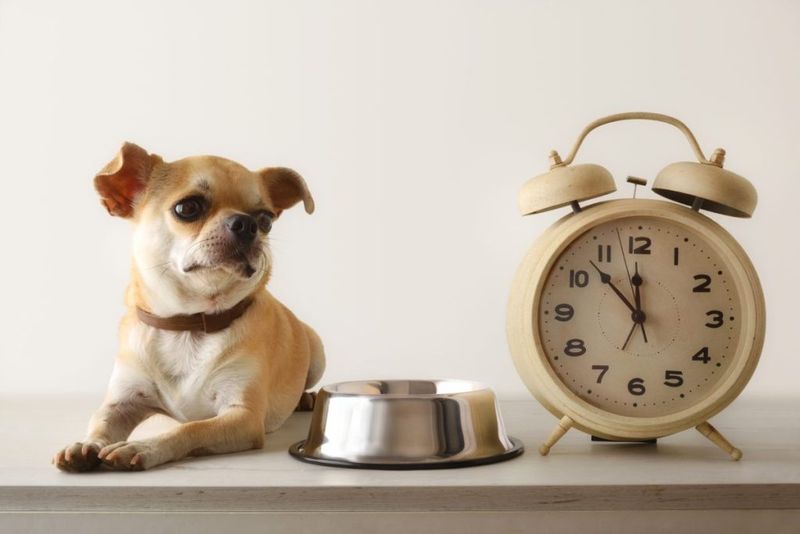
Dogs thrive on routine, and inconsistency can make them uneasy. Imagine waking up every day not knowing what’s next. That’s how your dog feels without a steady schedule.
Regular feeding, walks, and playtimes provide them with structure and predictability. It’s comforting and helps them know what to expect.
When chaos disrupts their routine, anxiety can follow. A consistent routine is a simple yet effective way to keep your dog happy and calm.
7. Ignoring Mental Stimulation

Boredom can be just as problematic as physical inactivity. Dogs need mental stimulation to stay sharp and content. Without it, anxiety can creep in, leading to destructive behaviors.
Puzzle toys, interactive games, or training sessions can challenge their mind in fun ways. Engaging their brain is like providing them with a mental workout.
Regular stimulation keeps their anxiety at bay and adds joy to their daily life.
8. Forgetting Socialization
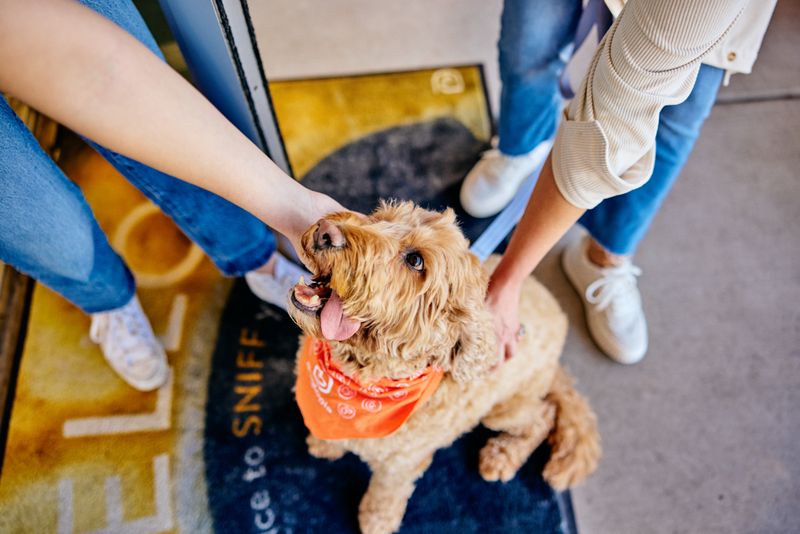
Socializing is essential for a well-rounded dog. Neglecting this aspect can lead to fear and anxiety around new people or pets. Dogs are social creatures and thrive in friendly company.
Take them to dog parks, pet-friendly cafes, or on walks where they can meet others. Start slow and let them interact at their own pace.
Regular socialization builds confidence and reduces anxiety, making them happier companions.
9. Using Strong Scents

Dogs have a keen sense of smell, and what might be a pleasant aroma to you can be overwhelming for them. Strong scents can trigger anxiety or discomfort.
Be mindful of perfumes, candles, or air fresheners that could be too intense for their sensitive noses. Opt for unscented or mild options in spaces they frequent.
Keeping the air fresh and clean helps them feel at ease and reduces unnecessary stress.
10. Ignoring Diet And Nutrition
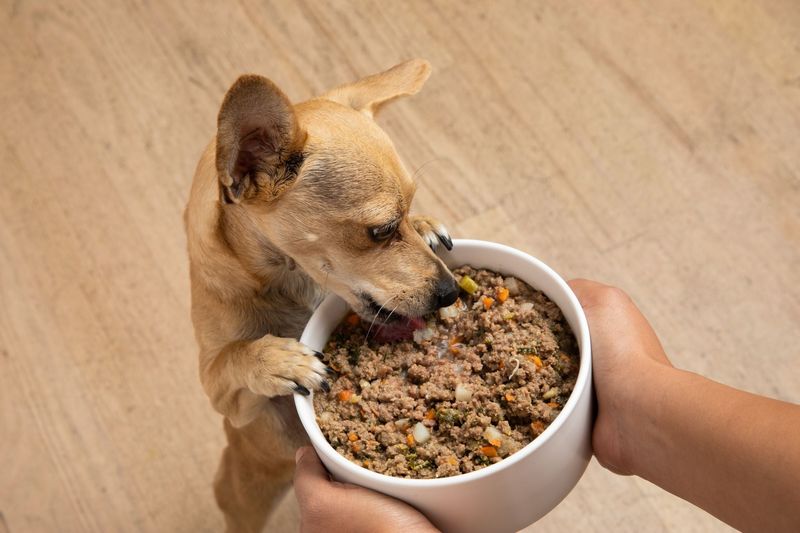
A balanced diet is vital for your dog’s overall well-being. Poor nutrition can exacerbate anxiety and lead to health issues. Imagine feeling sluggish and irritable due to poor food choices.
Consult with a vet to ensure your dog is getting the right nutrients. Tailor their diet to their specific needs, whether it’s more protein, fiber, or vitamins.
Proper nutrition supports a calm and healthy life, keeping anxiety at bay.
11. Loud Noises And Chaos
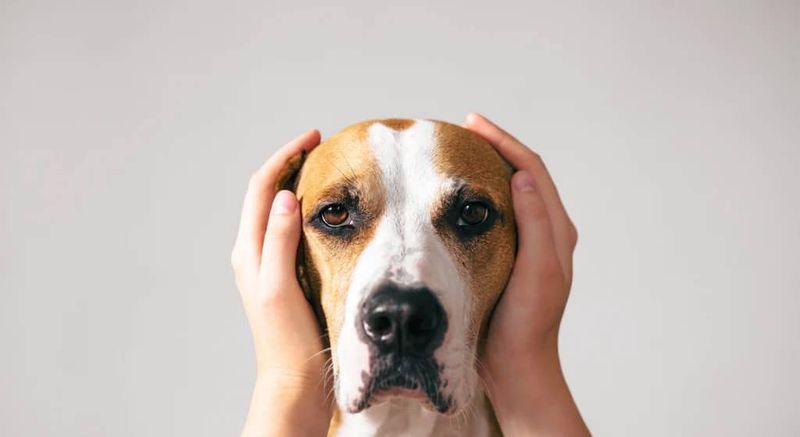
Loud noises, like thunderstorms or fireworks, can deeply unsettle dogs. Unfamiliar and chaotic sounds can trigger severe anxiety episodes. Creating a calm environment during these times is crucial.
Close windows, draw curtains, and play soothing music to mask the noise. Comfort them with gentle pets and reassuring words. A calm space can help them weather the storm, both literally and figuratively.
12. Leaving Them Alone Too Long
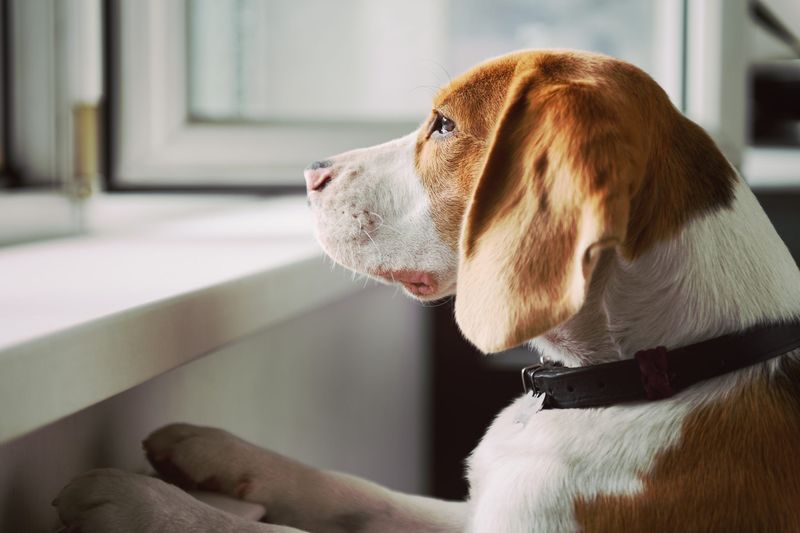
Dogs are social animals and prolonged isolation can foster anxiety. Imagine being left alone for hours with no idea when someone will return.
If you must leave, ensure they have entertainment like toys or puzzle feeders. Consider a pet sitter or doggy daycare if it’s a long duration.
Letting them know they’re not abandoned helps in minimizing separation anxiety and keeps them content.
13. Not Using Calming Techniques
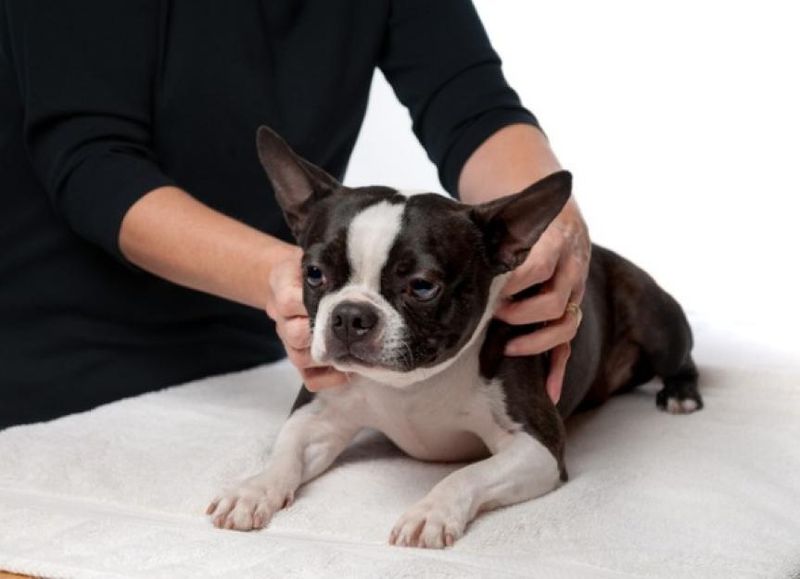
Calming techniques, like massage or pressure wraps, can work wonders. These methods can reassure a stressed dog, offering comfort and security.
Calming collars infused with natural scents or music designed for dogs can also soothe frayed nerves. Explore these techniques to find what works best for your dog.
Combining them with patience and love can make a big difference in their anxiety management.
14. Ignoring Health Issues

Sometimes, anxiety is a symptom of underlying health problems. Ignoring potential medical issues can worsen their anxiety. Regular vet check-ups are essential to rule out health concerns.
If your dog’s behavior changes suddenly, a vet visit is crucial. Health issues can manifest as anxiety, so addressing them promptly can improve their quality of life.
Don’t overlook the importance of professional advice for a healthier, happier dog.
15. Being Inconsistent With Training
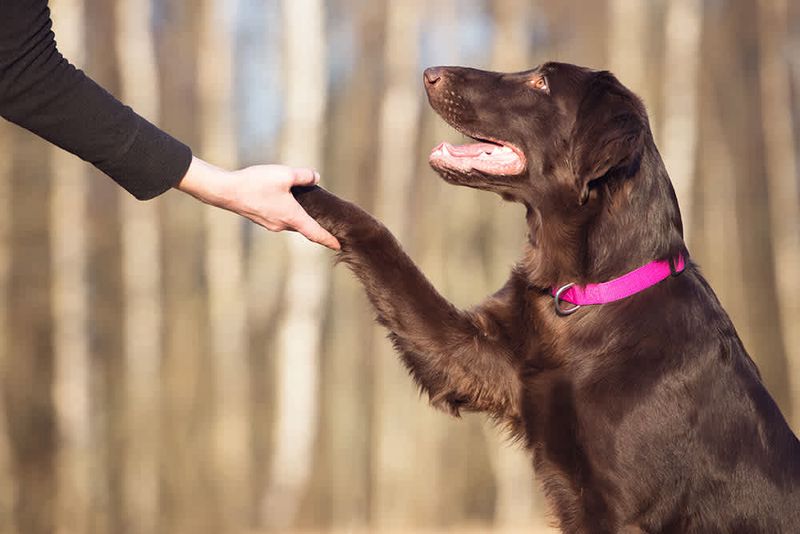
Inconsistent training can confuse your dog, leading to anxiety. Imagine learning a language with constantly changing rules. Dogs need consistency to understand what’s expected.
Stick to clear commands and reward good behavior. Consistent training fosters a sense of security and trust. Your dog will feel more confident and less anxious when they know what to expect.
A little consistency goes a long way in creating a calm environment.






